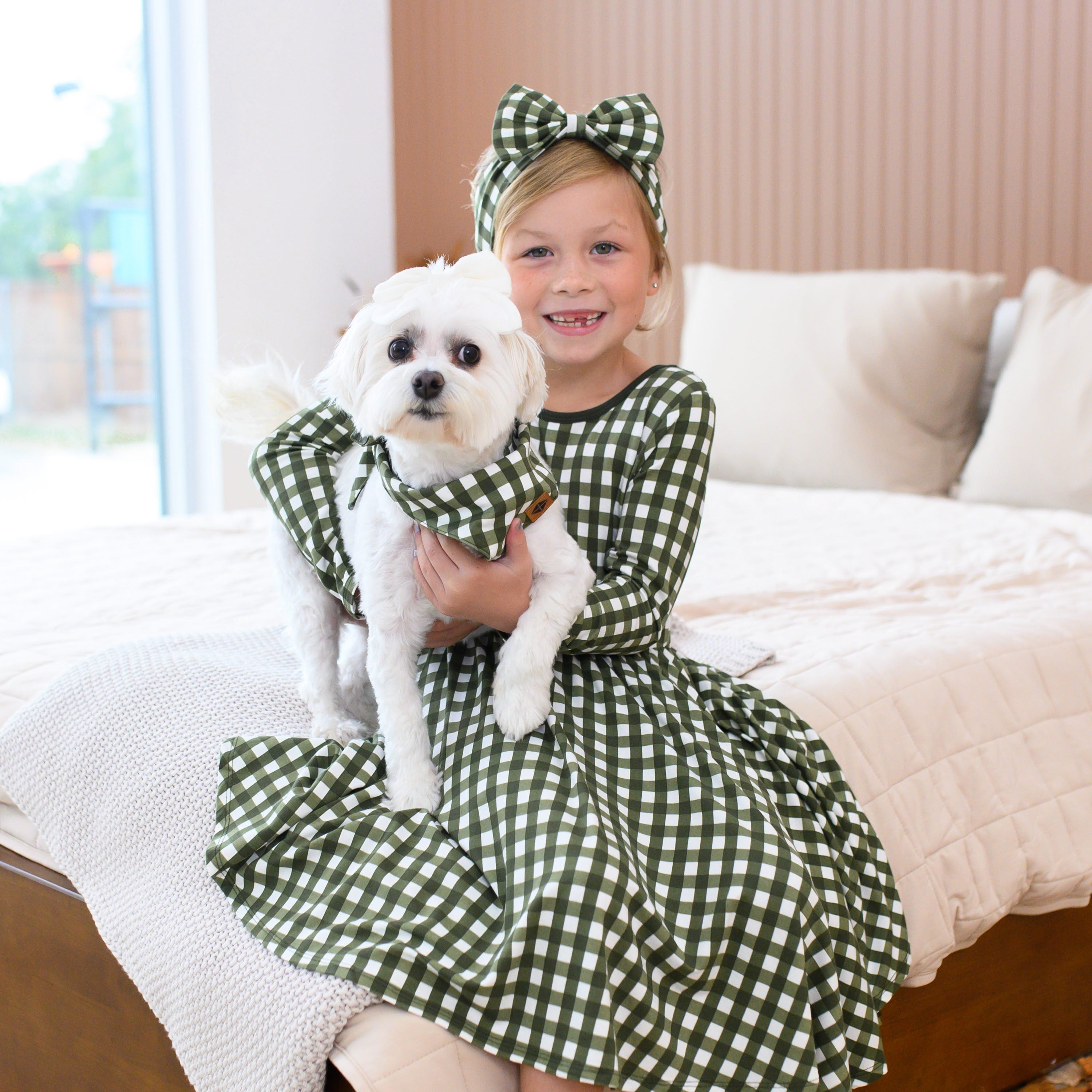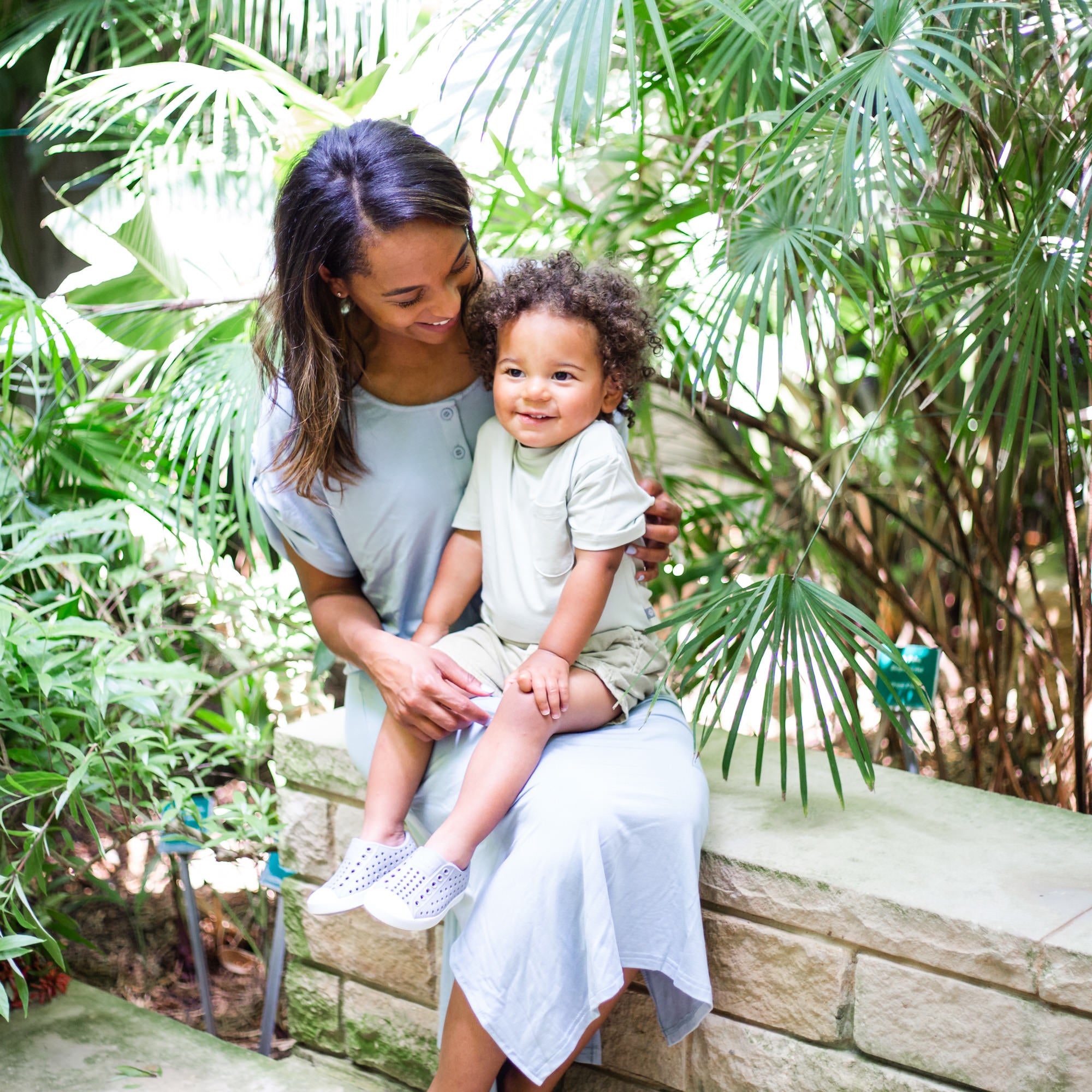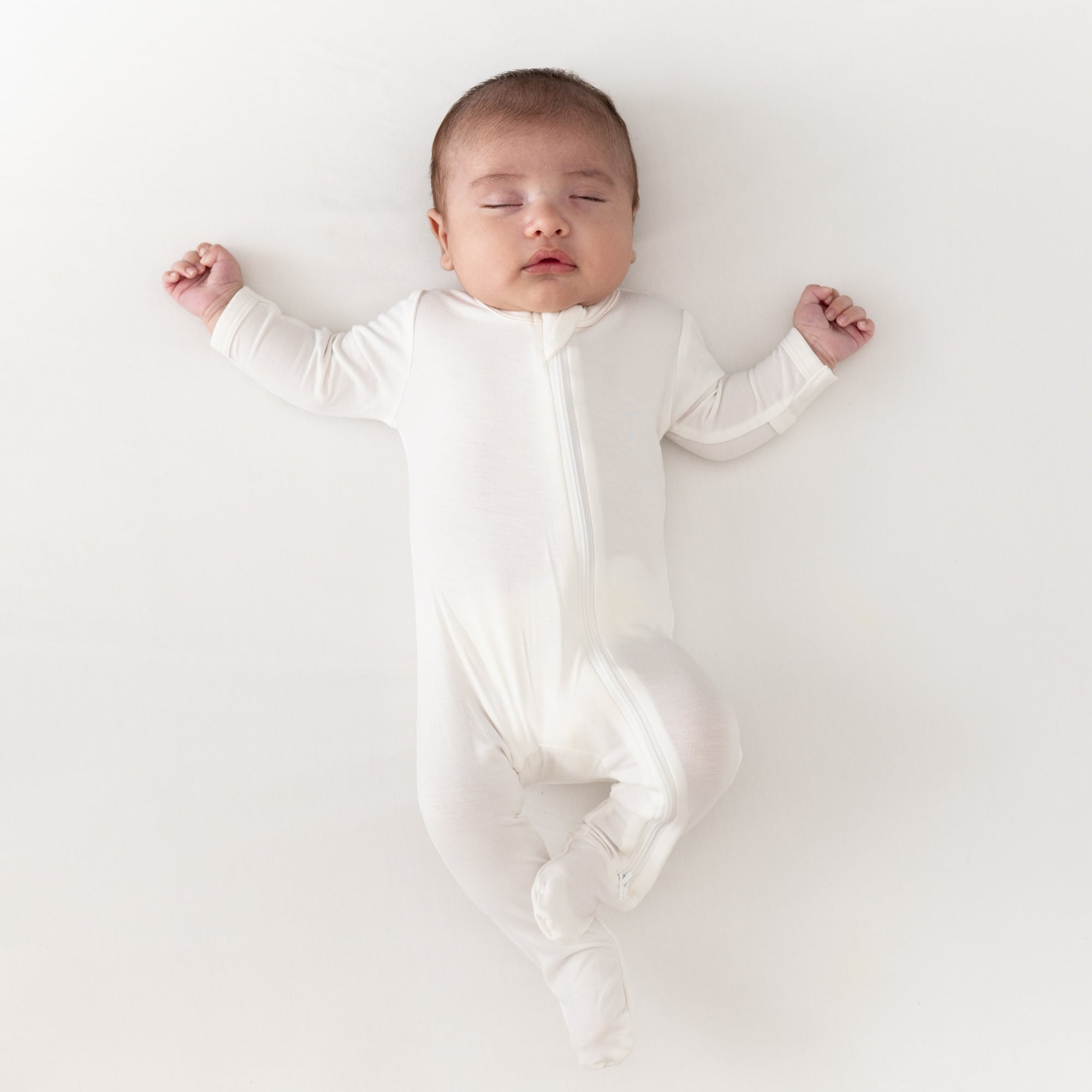As adults, it’s easy for us to take small, everyday actions, such as picking up a tissue from the floor or using a spoon, for granted. But performing these actions takes special learned skills that babies have yet to develop. “Fine motor” refers to the movements that we make using the small muscles in our hands, in coordination with our eyes. It involves dexterity and synchronization of the hand and fingers, and aids in intellectual growth. Although babies begin using their hands from birth, it takes a while for them to build the skills that allow them to perform tasks as simple as picking up a toy or holding a bottle by themselves. One of the most-anticipated milestones is when a baby is able to use his pincer grasp. The pincer grasp is the ability to hold something between the thumb and the first finger and it’s a very important fine motor skill, as it allows babies to pick things up to feed themselves. This skill usually develops around 9 months old, but there are many other fine motor milestones that come before and after. Because these skills will allow us to produce movement, coordination, and strength, it’s important to help your little one develop and practice them.
Although there is a whole world of children’s toys that is geared toward fine motor work, you don’t need to spend money on fancy, expensive toys. Things around your house will work just as well, and giving your child small activities to help them develop these skills is easier than you think! With the help of some household items, you can create everyday activities that allow your child to use their hands and build strength.
Turn the pages of a book together
Board books are great for babies because their pages are thick and easier to turn than regular books. When you read your little one a story, guide their hands to turn the pages. Books with lift-the-flap features are also wonderful because they require fine motor skills for interaction. Because these books are highly entertaining to curious babies, they motivate them to use their hands to interact with the books.

Offer Cheerios as a snack
If your baby has begun to use their pincer grasp, giving them Cheerios is a great way to get them to practice it. The cereal is a favorite of many children, not just for its taste, but also its fun in eating it. To pick up the small o-shaped cereal, your baby has to use their thumb and forefinger, and allowing them to self-feed in this way will help them fine-tune their pincer grasp.

Stick magnets to a cookie sheet
You may not have previously noticed, but the cookie sheets in your kitchen drawer are most likely magnetic. Use any large, chunky magnets you have on your fridge door and stick them to the baking sheet. The large magnets will be easier for your baby to grasp, and they can stick and unstick the magnets as many times as they’d like. Grasping the magnets and pulling them away uses the tiny muscles in their fingers and is a fun and effective activity!

Play with painters tape
If your little one loves playing with anything adhesive, such as tape or stickers, stick strips of painters tape to their high chair table with the ends lifted up so that your baby can easily grasp it. The weak adhesive from the tape makes this a perfect activity for small hands, and the effort your baby will have to use to unstick the tape makes this a great fine motor activity.

Stuff fabric scraps in an empty tissue box
If you sew, you may have a scrap box filled with fabric swatches. You can put these to good use by stuffing them into an empty tissue box. Babies love to pull out tissues, and using fabric makes this activity reusable, fun, and easy. If you don’t already have scraps of fabric laying around, you can cut squares from an old shirt. Pro tip: if you have the time, hem the edges of the fabric squares to prevent fraying.

Put pom poms inside a whisk
Pom poms are one of the most versatile craft supplies for parents. These puffy, semi-firm balls are particularly great for fine motor activities, but you should always carefully supervise your child when playing with these. Because they are small enough to choke on, you should never leave your child alone with them. Grab your whisk from your kitchen, and stuff some pom pom balls inside. To pick out each pom pom, your child will have to maneuver their fingers through the metal loops. As your child gets older, you can stuff more pom poms inside the whisk to make the activity more challenging.

Scoop pom poms with a serving spoon
Pour giant pom poms into a basin and give your child a serving spoon or any spoon with a large surface area. Show them how to scoop the balls with the spoon, and allow them to try and do it themselves. This is an especially useful activity because it helps them get used to the movements of scooping they will use when self-feeding.

Build your own noisemaker with rice
Babies love things that make noise, and it’s incredibly easy to make your own toy with just an empty bottle and rice! You can fill a thin bottle with a handful of uncooked rice and glue the cap on to ensure that it doesn’t fall off. The noise that the rice makes encourages your baby to continue to shake the bottle.

Create a sensory bin
Sensory activities are highly beneficial for children because they invite them to explore using their senses. Sensory play is linked to language acquisition, cognitive development, problem-solving, and so much more. To create your own sensory bin, fill a basket or container with items of various shapes, sizes, and textures. You can use water and objects that don’t pose a choking hazard, such as hair rollers, uncooked pasta in large shapes, Tupperware lids, giant pom pom balls, etc. and allow your child to freely explore!

Put sponges in a basin of water
If the weather is warm enough, you can make this an outdoor activity to minimize mess. Simply fill a basin with water and throw a few sponges in there. Show your child how to squeeze the water out of the sponges, then let them explore on their own. This is a great sensory activity that uses the muscles in their hands when they squeeze the sponges. Make sure you are actively supervising your child during this activity, as even shallow water can still pose a drowning hazard.
























